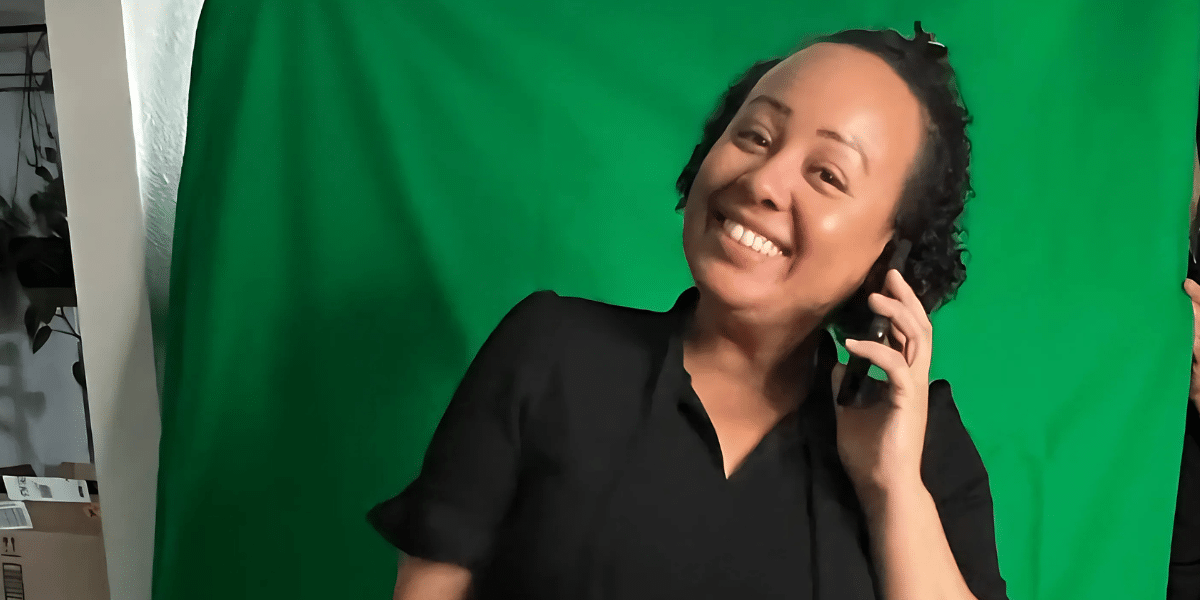Working as a full-time painter may sound like a dream job to many, allowing individuals to immerse themselves in their passion for art on a daily basis. However, like any profession, being a full-time painter comes with its own set of challenges that artists must navigate in order to succeed. In this article, we’ll explore some of the common challenges faced by full-time painters and discuss strategies for overcoming them.
1. Financial Insecurity
One of the biggest challenges of working as a full-time painter is the financial insecurity that often accompanies the profession. Unlike traditional nine-to-five jobs with steady paychecks, income as a painter can be unpredictable and irregular. Artists may experience periods of feast and famine, with lucrative commissions followed by dry spells where work is scarce.
Overcoming Financial Insecurity:
Diversify Income Streams: To mitigate financial uncertainty, full-time painters can diversify their income streams by selling artwork through multiple channels such as galleries, online marketplaces, art fairs, and commissions.
- Budgeting and Saving: Creating a budget and setting aside savings during periods of high income can provide a financial safety net during lean times.
- Seeking Grants and Funding: Artists can explore opportunities for grants, residencies, and funding from arts organizations and institutions to support their creative work and offset financial pressures.
2. Finding Consistent Work
Another challenge for full-time painters is finding consistent work and securing commissions or sales on a regular basis. Competition within the art world can be fierce, and artists must continually promote their work and network to attract clients and buyers.
Overcoming Work Consistency Challenges:
- Building a Strong Portfolio: A compelling portfolio showcasing a diverse range of artwork can help full-time painters attract clients and gallery representation. Continuously updating and refining the portfolio is essential to staying competitive.
- Marketing and Promotion: Investing time and effort into marketing and promotion is crucial for attracting attention to one’s work. Utilize social media, websites, email newsletters, and networking events to reach potential clients and buyers.
- Building Relationships: Cultivating relationships with collectors, galleries, art consultants, and other artists can lead to opportunities for exhibitions, collaborations, and sales.
3. Balancing Creativity and Business
For many full-time painters, balancing the creative aspects of their work with the demands of running a business can be challenging. Administrative tasks such as marketing, accounting, and managing finances can take time away from creating art, leading to feelings of frustration or burnout.
Overcoming Creativity and Business Balance:
- Time Management: Setting aside dedicated time for both creative work and business tasks can help full-time painters maintain a healthy balance. Creating a schedule or calendar and sticking to it can ensure that both aspects of the business receive adequate attention.
- Outsourcing Non-Creative Tasks: Consider outsourcing certain administrative tasks such as bookkeeping, website maintenance, or social media management to free up time for creative pursuits.
- Continuous Learning: Investing in business skills and knowledge through courses, workshops, or mentorship programs can help artists develop the entrepreneurial skills needed to succeed in the art world.
4. Dealing with Rejection and Criticism
Rejection and criticism are inevitable aspects of the art world, and full-time painters must develop resilience and coping mechanisms to deal with them effectively. Whether it’s rejection from galleries, negative feedback from clients, or self-doubt about one’s artistic abilities, navigating these challenges can be emotionally taxing.
Overcoming Rejection and Criticism:
- Developing Resilience: Recognize that rejection and criticism are part of the creative process and do not define your worth as an artist. Focus on learning and growth rather than dwelling on setbacks.
- Seeking Support: Surround yourself with a supportive network of fellow artists, mentors, friends, and family who can provide encouragement, constructive feedback, and perspective during difficult times.
- Turning Criticism into Growth Opportunities: Use criticism as an opportunity for self-reflection and growth. Consider the validity of feedback and use it to identify areas for improvement and refinement in your work.
Being a Painter Is a Lifestyle
Working as a full-time painter offers the opportunity to pursue one’s passion and creativity on a daily basis, but it also comes with its fair share of challenges. From financial insecurity and finding consistent work to balancing creativity with business responsibilities and dealing with rejection and criticism, full-time painters must navigate a range of obstacles on their journey.
However, by implementing strategies such as diversifying income streams, marketing and promotion, time management, resilience-building, and seeking support, artists can overcome these challenges and thrive in their profession. With dedication, perseverance, and a commitment to their craft, full-time painters can turn their artistic dreams into reality.







